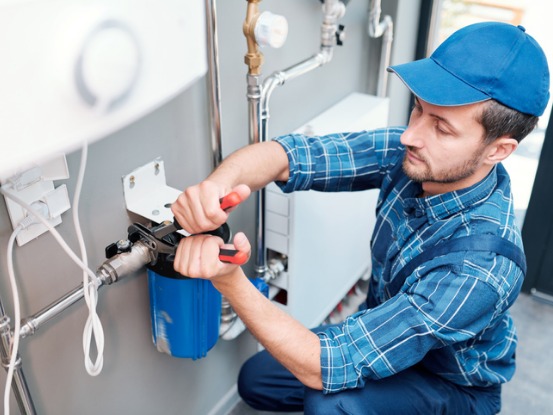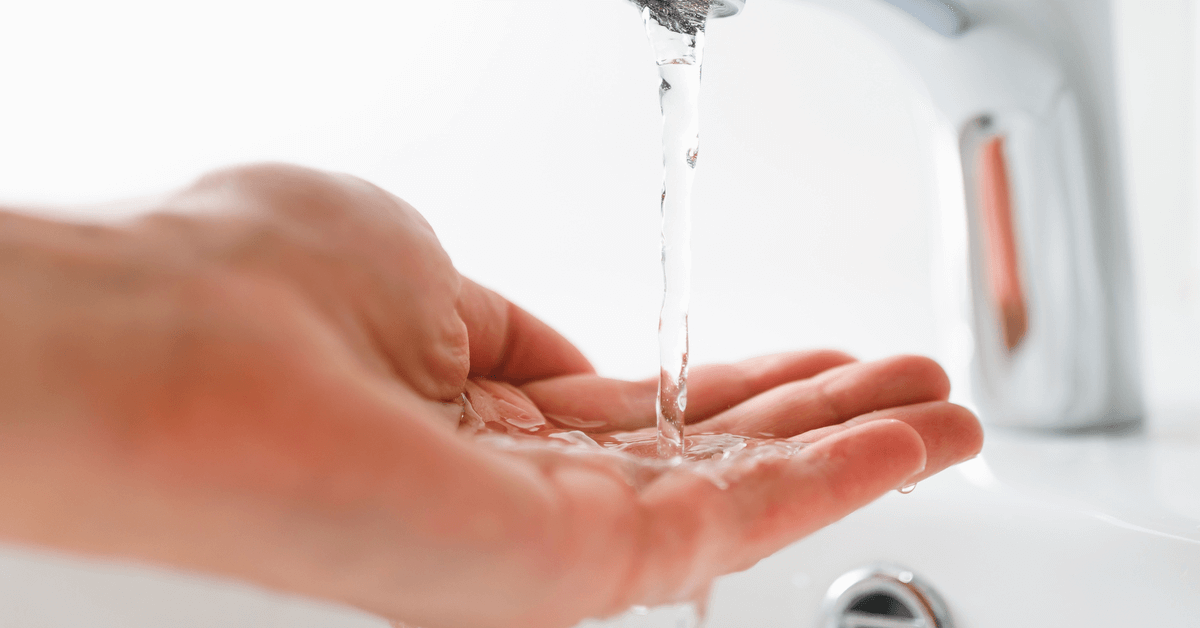Are you currently looking for answers about 9 Reasons for Low Water Pressure in Your House?

Low tide pressure in your home can be an aggravating issue, influencing everything from bathing to cleaning recipes. If you're experiencing weak water circulation, there are several feasible causes and solutions to discover. In this guide, we'll talk about common factors for low tide stress and useful steps to resolve the concern properly.
Intro to Low Water Pressure
Low tide pressure takes place when the flow of water from your taps, showers, and various other fixtures is weaker than usual. This can make day-to-day tasks more tough and less reliable. Understanding the root causes of low tide stress is crucial to finding the right solution.
Common Causes of Low Tide Stress
Faulty Stress Regulatory Authorities
Pressure regulators are responsible for preserving consistent water stress in your house. If they malfunction, it can lead to low water stress or unequal flow throughout your house.
Local Supply Of Water Issues
Sometimes, the trouble lies outside your home. Community water system problems, such as main line leakages or upkeep work, can momentarily decrease water pressure in your area.
Pipe Obstructions
Over time, pipelines can end up being blocked with mineral deposits, sediment, or particles, limiting the flow of water. This is a typical issue in older homes with galvanized steel pipelines.
Rust
Deterioration within pipes can result in leakages and reduced water stress. Corrosion buildup can restrict water circulation, specifically in aging plumbing systems.
How to Diagnose Low Tide Stress
Evaluating Pipes
Examine noticeable pipelines for indications of leaks, rust, or clogs. Take notice of any unusual sounds, such as knocking or rattling pipelines, which might suggest issues within the plumbing system.
Consulting with a Plumber
If you're not able to determine the source of low water pressure, consider hiring a specialist plumber to perform a comprehensive assessment. They can recognize underlying concerns and recommend appropriate options.
Checking Taps and Fixtures
Beginning by evaluating the water pressure at various faucets and fixtures throughout your home. If the problem is isolated to certain locations, it might show local troubles.
DIY Solutions to Deal With Low Water Pressure
Flushing Hot Water Heater
Sediment buildup in the water heater can restrict circulation and reduce effectiveness. Purging the tank periodically assists get rid of sediment and maintain ideal performance.
Checking Pressure Regulator
Guarantee that the pressure regulator is functioning appropriately. Readjusting or changing the regulator can aid recover proper water stress throughout your home.
Cleaning Up Aerators and Showerheads
Mineral deposits can build up in aerators and showerheads, lowering water flow. Eliminate and clean up these components on a regular basis to improve water pressure.
Cleaning Clogs in Pipes
For small obstructions, try making use of a plumbing serpent or chemical drain cleaner to clear blockages in pipelines. Beware when utilizing chemicals and comply with safety and security guidelines.
When to Call an Expert Plumber
If do it yourself efforts fall short to fix the concern or if you believe substantial plumbing issues, it's ideal to look for aid from a licensed plumber. They have the experience and devices to resolve complicated problems securely and successfully.
Safety Nets to Maintain Water Stress
Setting Up a Pressure Booster
Think about installing a pressure booster pump to boost water pressure in locations with consistently reduced circulation. This can be especially beneficial for multi-story homes or buildings with high-demand components.
Monitoring Water Usage
Bear in mind water usage practices and stay clear of overtaxing the plumbing system. Straightforward changes, such as shocking showers and laundry tons, can help preserve appropriate water stress.
Normal Upkeep
Schedule routine maintenance for your plumbing system to avoid issues such as deterioration, leakages, and obstructions. Attending to small troubles early can assist avoid more significant repair services later on.
Final thought
Managing low water stress can be frustrating, however determining the underlying reasons and implementing proper remedies can recover optimal flow throughout your home. Whether it's cleaning aerators, examining pipes, or speaking with a plumber, taking positive steps can guarantee a stable supply of water for your daily needs.
FOUR WAYS TO FIX LOW WATER PRESSURE NOW
Turning on a shower or faucet only to find the water comes out in a sad, slow drizzle is never a good feeling. How exactly are you supposed to wash a pan or take a quick shower when it takes 10 minutes just to rinse off a little soap? The good news is that when your water pressure is bad, there's always a cause: typically one that can be easily fixed. Here are some of the most common causes of low pressure and what you can do to fix the issue:
DEBRIS AND MINERAL DEPOSIT BUILDUPS
If you notice low water pressure from just one or two of the fixtures in your house, the problem likely has to do with debris buildup. Water is full of minerals and other debris, all of which can accumulate in your pipes and on your fixtures. This can cause a blockage that affects how much water flows through. To fix this, try filling a small plastic bag with white vinegar, and use a rubber band to hang it around your showerhead or faucet. Let the head of the fixture soak for a few hours, and the vinegar should loosen the deposits.
WATER LEAKS
Leaks are another common cause of low water pressure. If water is flowing out of your plumbing through a hole or crack before it can reach your fixture, the pressure coming out of the faucet or showerhead will be lower. A plumbing professional is your best bet for finding and repairing a leak in your water supply pipes.
Leaks are another common cause of low water pressure. If water is flowing out of your plumbing through a hole or crack before it can reach your fixture, the pressure coming out of the faucet or showerhead will be lower. A plumbing professional is your best bet for finding and repairing a leak in your water supply pipes.
A VALVE ISSUE
If you have low water pressure throughout your home, check your main shut-off valve to make sure it's completely open. You may also want to see if there's a pressure-reducing valve installed. If there is, have a plumber help you adjust the settings to get the pressure you're looking for.
OTHERS USING WATER
Believe it or not, your low water pressure could be caused by your neighbors. If you notice low pressure at certain times of day, it may be because you and the people living next to you have similar schedules - when everyone is showering at the same time, the pressure will be lower in every home. Low pressure throughout the neighborhood may also be caused by an issue with your municipal water supply. If that's the case, call the supplier to see if they're working on the issue.
https://www.rotorooter.com/blog/water-leaking/low-water-pressure-fixes/

Do you appreciate reading up on 9 Reasons for Low Water Pressure in Your House? Try to leave a remark directly below. We'd be glad to listen to your ideas about this piece. We are looking forward that you come back again before long. Sharing is caring. Helping people is fun. We value reading our article about 4 Ways to Troubleshoot Low Water Pressure.
Click Here